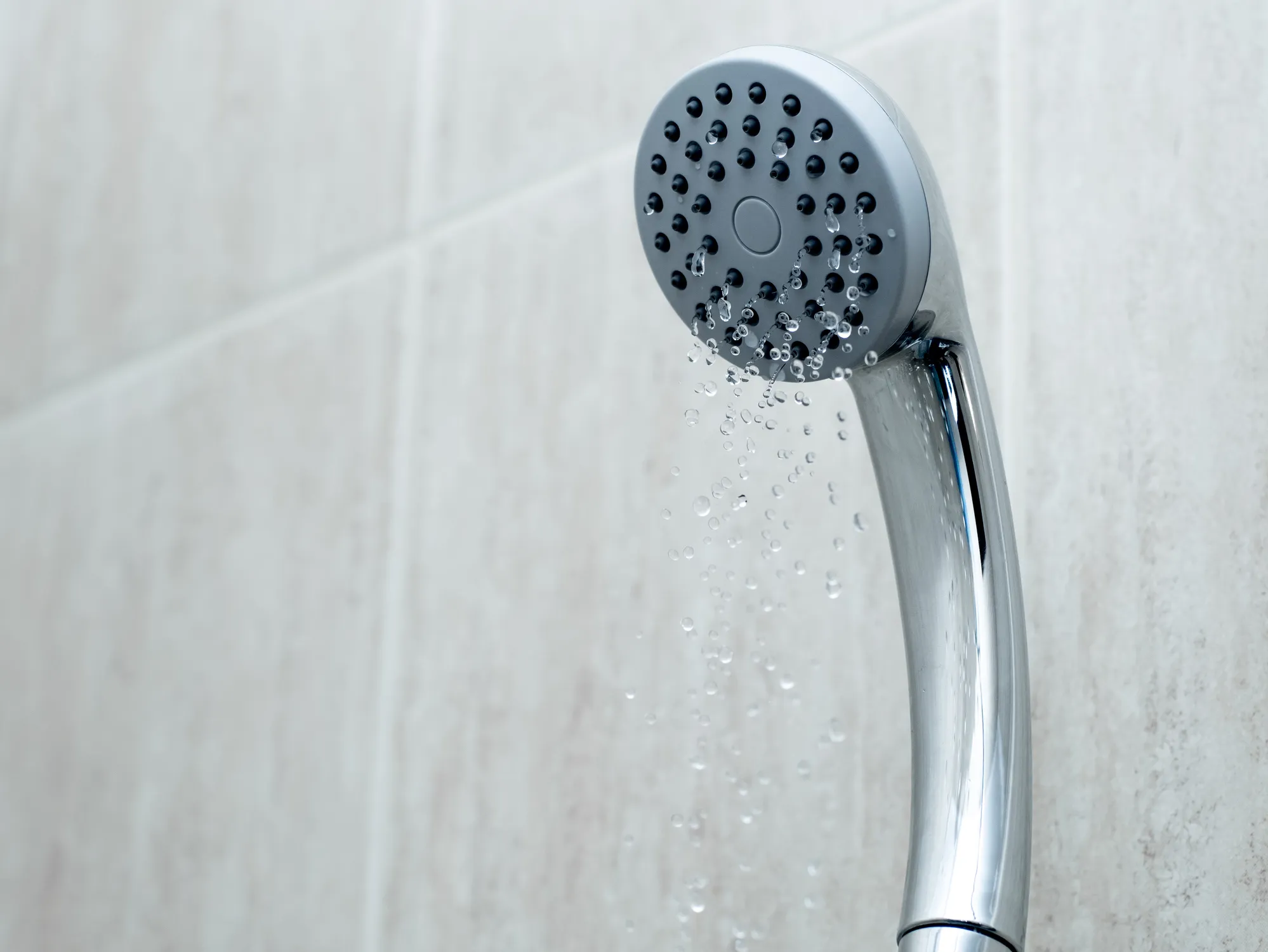What Is Your Home’s Water Pressure?
Dealing with water pressure problems can be a real nuisance. Regardless if your shower has become a mere drizzle or your garden hose lacks its usual gusto, understanding and maintaining your home’s water pressure is necessary for getting things flowing again. The good thing is, evaluating your water pressure is a simple task that doesn’t require special training. Find out about the simple process of testing your water pressure at home, how to decipher the results and what a professional can do to fix any irregularities you find.
Why Should You Test the Water Pressure?
Understanding your home’s water pressure is a way to make sure you’ll get a satisfying shower, but more importantly, it protects your plumbing system from deterioration. Similar to how you regularly check the oil in your car, assessing your water pressure a couple of times a year can prevent bigger problems later on.
After all, low water pressure is annoying, but high water pressure can significantly damage your plumbing system, including pipe connections, water heaters and appliances. The possibility of blowouts in flexible lines, like those connecting to your washing machine and dishwasher, goes up with high water pressure, potentially causing leaks and extensive water damage. Testing your water pressure and taking appropriate steps based on the results can prevent these issues.
Necessary Equipment for an At-Home Water Pressure Test
To start out, you need a common and affordable tool called a pressure gauge. These are easily available at hardware or home improvement shops. When picking out a gauge, look for one with female hose threads (to easily attach to an outdoor faucet or hose bib), a rubber gasket for a tight seal and the means to measure as many as 300 pounds per square inch (psi).
Detailed Guide to Testing Water Pressure
With a pressure gauge at the ready, you’re set to assess the water pressure. Just take these steps:
1. Preparation: First, make sure that all water outlets in your residence are switched off. This includes faucets, showerheads, dishwashers, washing machines, refrigerator ice makers and sprinkler systems. Any water usage while you are testing may influence your readings and give a false impression of low pressure.
2. Get out the pressure gauge: Attach the gauge to an exterior faucet or hose bib. If your water is from a municipal source, connect it to the faucet nearest to the water meter for the most accurate reading. For homes connected to a well system, affix it to a hose bib near the well’s pressure tank.
3. Calculate the pressure: Tighten the gauge by hand and open the faucet as wide as possible. Now, look at the readout to find the pressure. A recommended reading ranges from 45 to 55 psi. If your reading is below 40 psi or above 80 psi, it’s time to take action.
Fixing Water Pressure Problems
Here are remedies to solve water pressure problems:
- High pressure: Set up a water pressure regulator on your water main. This hardware ensures a maximum flow of 75 psi. Even if you already have a regulator, it’s smart to review the pressure on a regular basis, as these devices can fail without obvious symptoms.
- Low pressure: To start off with, inspect any existing pressure regulators, which should be set to roughly 50 psi. Adjusting the screw on top should increase flow. If a pressure regulator isn’t the culprit, the problem may possibly be with the municipal water supply. In this case, setting up a water pressure booster may increase the flow.
- Normal pressure: If your pressure has a reading that falls within the appropriate range, no additional action is needed. Just remember to test your water pressure periodically to ensure it continues to be within this range.
When to Reach Out to a Pro for Water Pressure Problems in Winnipeg
If you’re unsure about testing the water pressure on your own, or if you’ve identified an issue that requires professional repair, don’t hesitate to call Winnipeg Supply Service Experts. Our talented plumbers can help you test your water pressure, diagnose what’s wrong and check to be sure that no fixtures have been harmed by high pressure. We can also assist with putting in a pressure regulator or booster if the situation requires. Thanks to our 100% satisfaction guarantee, you can count on us to make the correct fix the first time around. The next time you encounter water pressure problems or other plumbing challenges in Winnipeg, call Winnipeg Supply Service Experts to schedule an appointment. We’re here when you need us!

